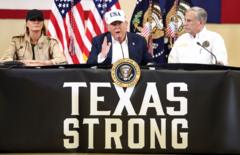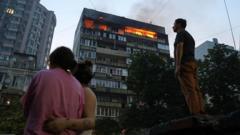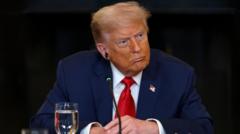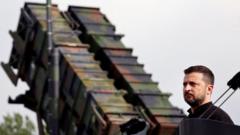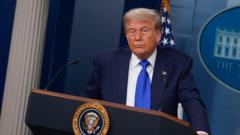A senior Israeli official claims Iran could potentially recover buried enriched uranium following recent US military strikes, raising tensions in an already fraught geopolitical landscape.
**Iran's Uranium Recovery Concerns Post US Strikes: Israeli Official Report**
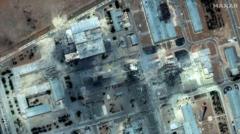
**Iran's Uranium Recovery Concerns Post US Strikes: Israeli Official Report**
Recent assessments suggest Iran may be able to access enriched uranium hidden in struck facilities.
According to a senior Israeli official, Iran could possibly retrieve enriched uranium buried beneath one of the three nuclear facilities targeted by US forces in late June. The official, speaking discreetly to US reporters, asserted that any efforts by Iran to access the enriched material at Isfahan—a facility heavily impacted during the US operation known as "Operation Midnight Hammer"—could provoke further Israeli military responses.
Former President Donald Trump has consistently stated that the US strikes "obliterated" Iran's nuclear capabilities. However, contrasting views exist among US intelligence agencies, with some observing that while significant damage was inflicted, the facilities remain largely intact. The senior Israeli official noted that intelligence is clear about the significant presence of enriched uranium at Isfahan, although he deemed retrieval efforts as complicated and likely detectable by Israel.
According to Israel's evaluation, the effectiveness of Iran's nuclear program has been reduced by at least two years due to the strikes. In a statement, White House spokesperson Anna Kelly reiterated Trump's perspective, asserting, "Operation Midnight Hammer utterly destroyed Iran's nuclear facilities, thereby enhancing world safety."
Responses from US intelligence circles have been measured—an initial report by the Defense Intelligence Agency suggested that the three targeted sites at Fordo, Natanz, and Isfahan had sustained heavy damage but were not annihilated. CIA Director John Ratcliffe previously informed lawmakers that the destruction of Iran's sole metallic uranium production site significantly hindered its nuclear weapon development prospects.
IAEA chief Rafael Grossi acknowledged that while extensive damage was inflicted, not everything at the sites has been eradicated, contradicting the destruction narrative. Iranian President Mahmoud Pezeshkian, in a recent commentary, confirmed the facilities sustained "severe damage," limiting access for comprehensive evaluations of the current status.
This unfolding scenario underscores the ongoing risks and uncertainties surrounding Iran’s nuclear ambitions, warranting global scrutiny and strategic deliberations.

